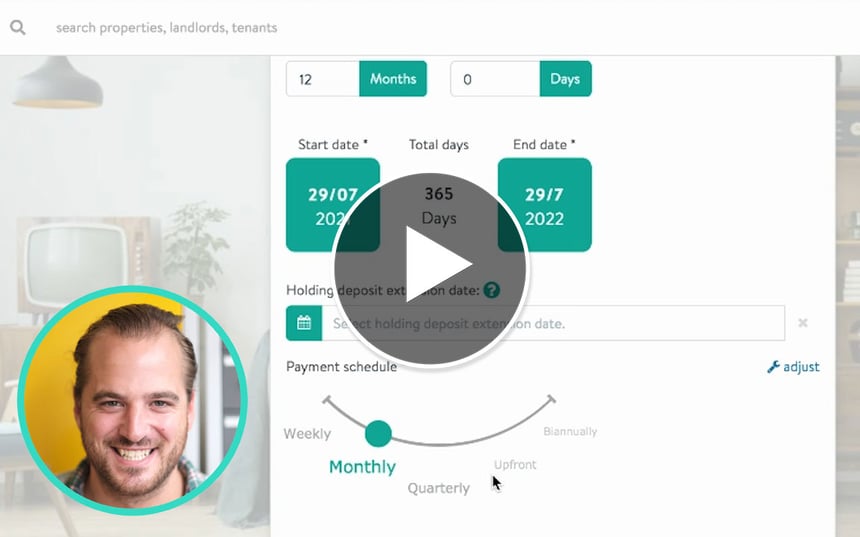The housing market: Trends and predictions for 2023
Predictions abound as to the state of the housing market in 2023 - so here are six of the top trends and predictions for the year.
Heightened demand for homes in 2022 slowly fell throughout the year as the cost of living crisis took hold - and then dipped as the aftereffects of the mini-budget caused political and economic turmoil. In 2023, some of those trends are expected to continue, some will reverse - and new trends are expected to emerge.
1. After the 2022 spike, more mortgage rate stability is anticipated in 2023
Research from TwentyEA suggests that supply of new properties for sale last year returned to the 2019 pre-pandemic baseline. However, demand dropped 18% year on year in October while house prices fell 2.3% in a month in November, both as a consequence of the mini-budget.
This drastic drop caused mortgage rates to also spike, as the Bank of England raised its base rate amidst the political turmoil.
Mortgage rates have dropped since then, although they are still 0.85% higher on average for a five-year fixed rate than those on the day of the mini-budget.
However, this is the second month in a row that mortgage rates have fallen, and forecasts expect rates to settle between 4-5% by the end of the year.
2. House prices to drop, yet a crash is unlikely
Prices are expected to continue falling in 2023 - but experts suggest that this drop in house prices will create a "correction" in the market, rather than a crash.
While Halifax predicts an 8% drop in price on average in 2023, this still keeps house prices higher than in 2019, placing the average property price "back at roughly the level it was in April 2021," says Andrew Asaam, Homes Director, Halifax.
3. Landlord opportunities hinge on market stability
As prices drop, could this create opportunities for landlords as they look to invest - particularly while rents stay high?
This will hinge on levels of inflation, and whether lower mortgage rate predictions hold true. If inflation falls, the Bank of England may consider dropping its base rate, making borrowing again more affordable - although this is more likely in 2024.
There are different ways for landlords to consider buying property to make the most of their investment, with a surge in landlords operating as limited companies for example - and landlords can carefully choose the areas with the strongest predicted yields in 2023.
The North East, North West, and Yorkshire currently offer the best short and long-term investment options for landlords. According to QuoteZone's data rental yields remain highest in these areas.
4. Overseas demand bounces back
2022 saw interest from overseas investors, despite high mortgage rates, as the pound dropped in value - and this looks set to continue in 2023.
Eli McGeever, Director of Research and Technology Innovation at One Global Labs, picks out five reasons for this: "These are price corrections in some markets, more home inventory, strong rental price growth, favourable exchange rates, and, mortgage rates lowering," he says.
5. Will less housing demand mean fewer new developments?
Housebuilders Persimmon and Barratt Developments have both shared more pessimistic predictions on levels of demand for 2023 - and have adjusted their planned developments accordingly.
“The first half of the financial year has … seen a marked slowdown in the UK housing market,” said David Thomas, Barratt’s Chief Executive. Barratt scrapped building plans for 3,293 land plots - leaving a net cancellation of 290 plots in 2022.
Persimmon also shared that its sales dropped by £0.6 billion to £1 billion in the final quarter of the year, down from £1.6 billion in Q4.
This contrasts with reports that the build-to-rent sector is booming - and set to double in value by 2028 - showing that the demand in the rental sector is far from slowing down.
6. New initiatives to drive mortgage demand in 2023
Mortgage offers have been continually going up over the last year - which contributed to the increased price of houses in 2022, and the dip in demand. The Bank of England predicts that four million owner occupiers will see their monthly mortgage payments increase in 2023.
Companies are therefore exploring innovative ways to drive demand for mortgages, such as a "10 months mortgage free" customer offer. However, Persimmon Group Chief Executive Dean Finch shares that it's "too early to predict when there will be a recovery in demand.”






.png)



